Insurance Premium Increase Letter Template Guide
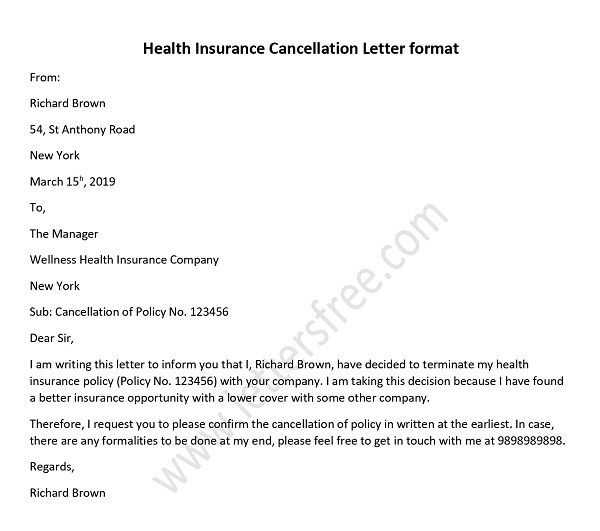
When informing customers about adjustments to their costs, it’s essential to communicate the change clearly and professionally. Crafting an effective notification is crucial for maintaining good relationships and ensuring transparency. The following sections will guide you through the key aspects of structuring such a message, including important elements to include, potential pitfalls to avoid, and best practices for ensuring a positive reception.
Important Details to Include in Your Notification
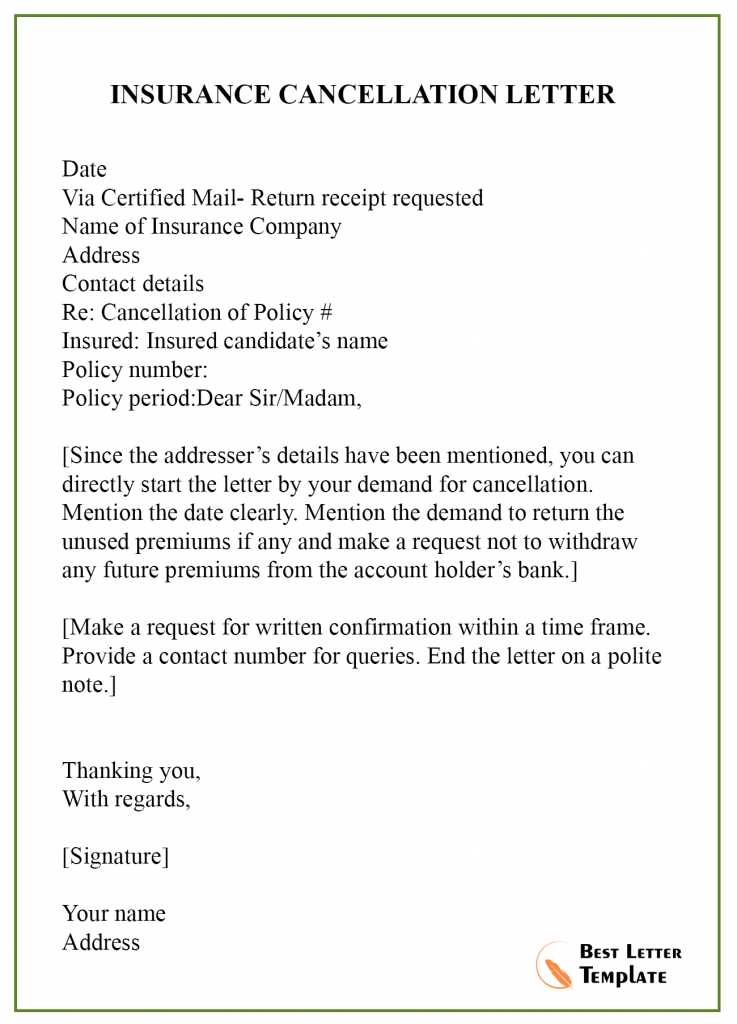
Your message should convey key information, such as the reason for the adjustment, the new charges, and the effective date. Ensure that the explanation is easy to understand and addresses potential concerns the recipient might have.
- Clear Explanation: State the reason for the modification, such as changes in operational costs or new regulations.
- Effective Date: Provide the date when the adjustment will take effect to avoid any confusion.
- New Costs: Specify the new rates, detailing how they will affect the recipient’s payments.
- Contact Information: Offer a way for the recipient to reach out with questions or concerns.
Common Mistakes to Avoid
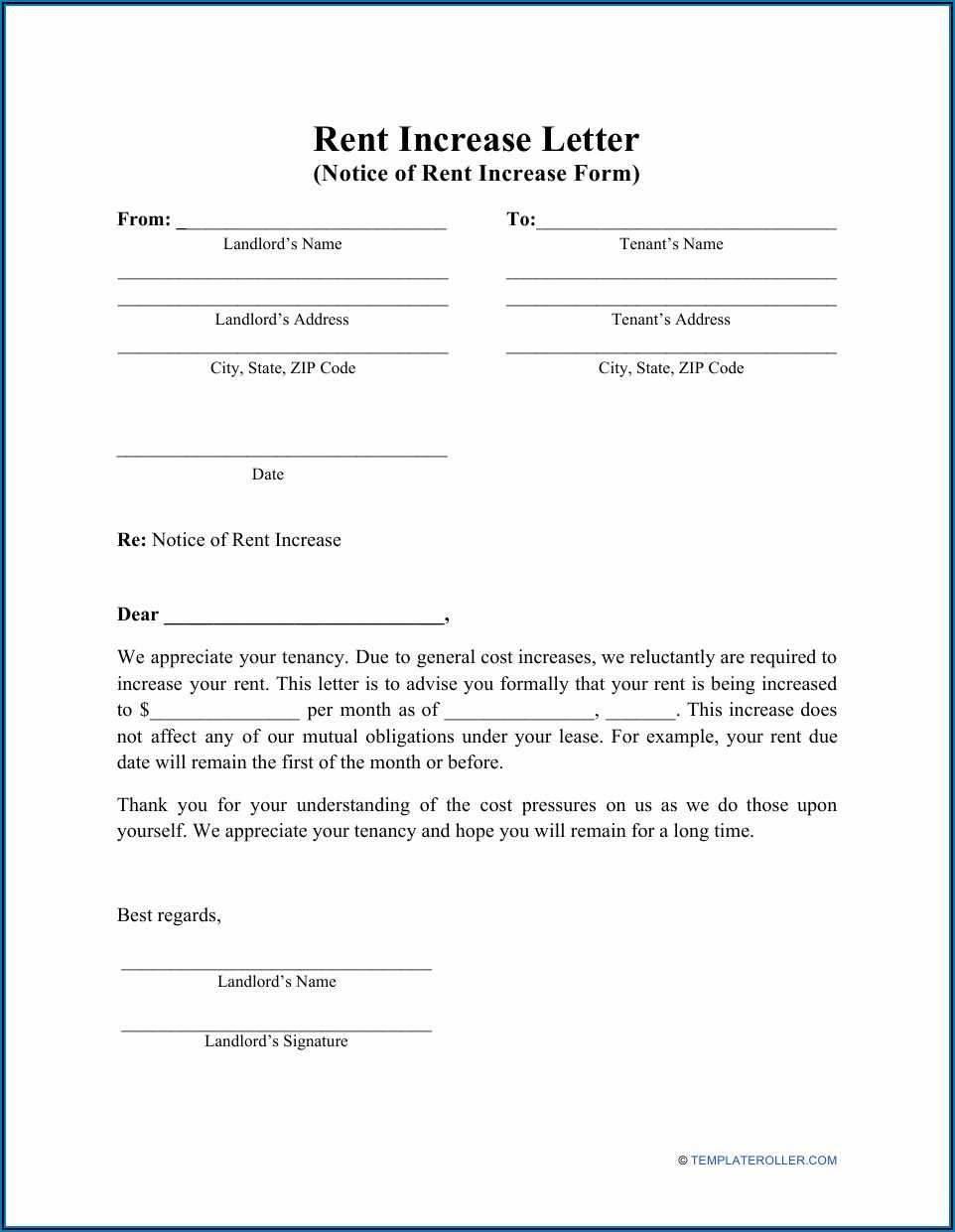
While preparing such communications, be mindful of common mistakes that could lead to misunderstandings or frustration. Here are some pitfalls to avoid:
- Lack of Transparency: Avoid vague language and ensure that all details are clearly explained.
- Unclear or Incorrect Dates: Double-check the accuracy of the dates and make sure there’s no ambiguity about when the new terms apply.
- Failure to Address Customer Concerns: Address potential questions proactively to avoid follow-up queries.
Best Practices for Effective Communication
To ensure a smooth process and foster goodwill, consider these best practices:
- Be Empathetic: Acknowledge that rate changes may be inconvenient and offer reassurance where possible.
- Offer Alternatives: If applicable, suggest options for the recipient to mitigate the effects of the change.
- Be Professional: Maintain a polite and respectful tone throughout the message to reinforce a positive customer experience.
Example of a Rate Adjustment Notification
Here’s a simple example of how to structure your message effectively:
Dear [Recipient's Name], We are writing to inform you of a change in the charges for your [Service/Product]. Starting from [Date], the cost of [Service/Product] will increase by [Amount/Percentage] due to [Reason for Change]. We understand this may cause some concern, and we are here to answer any questions you may have. If you have any queries or would like more information, please don’t hesitate to contact us at [Contact Information]. Thank you for your understanding. Sincerely, [Your Company Name]
By following these guidelines, you can ensure that your message is both clear and professional, helping you maintain positive relationships even during challenging conversations about cost adjustments.
How to Communicate a Rate Adjustment Notice Effectively

Notifying customers about changes to their charges requires clear and professional communication. It’s important to convey the necessary information in a way that is both transparent and considerate. This section will explore how to structure such a message, highlight key components to include, and address common mistakes and best practices. Additionally, we’ll look at legal considerations and provide examples to guide you in drafting your own communications.
Key Elements to Include in Your Notification
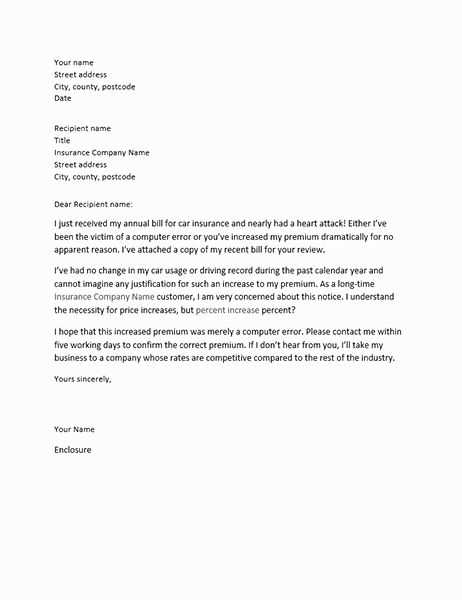
When informing recipients of a change, ensure that all vital details are present. This includes the rationale behind the adjustment, the new charges, and the date on which the new terms will apply. Providing context will help the recipient understand why the modification is necessary and what they can expect going forward.
- Reason for Change: Clearly explain why the adjustment is taking place.
- Effective Date: Specify the date when the updated charges will begin.
- New Terms: Provide the updated rates or terms that will be applied.
- Contact Details: Include information for further questions or clarifications.
Common Mistakes to Avoid in Communication
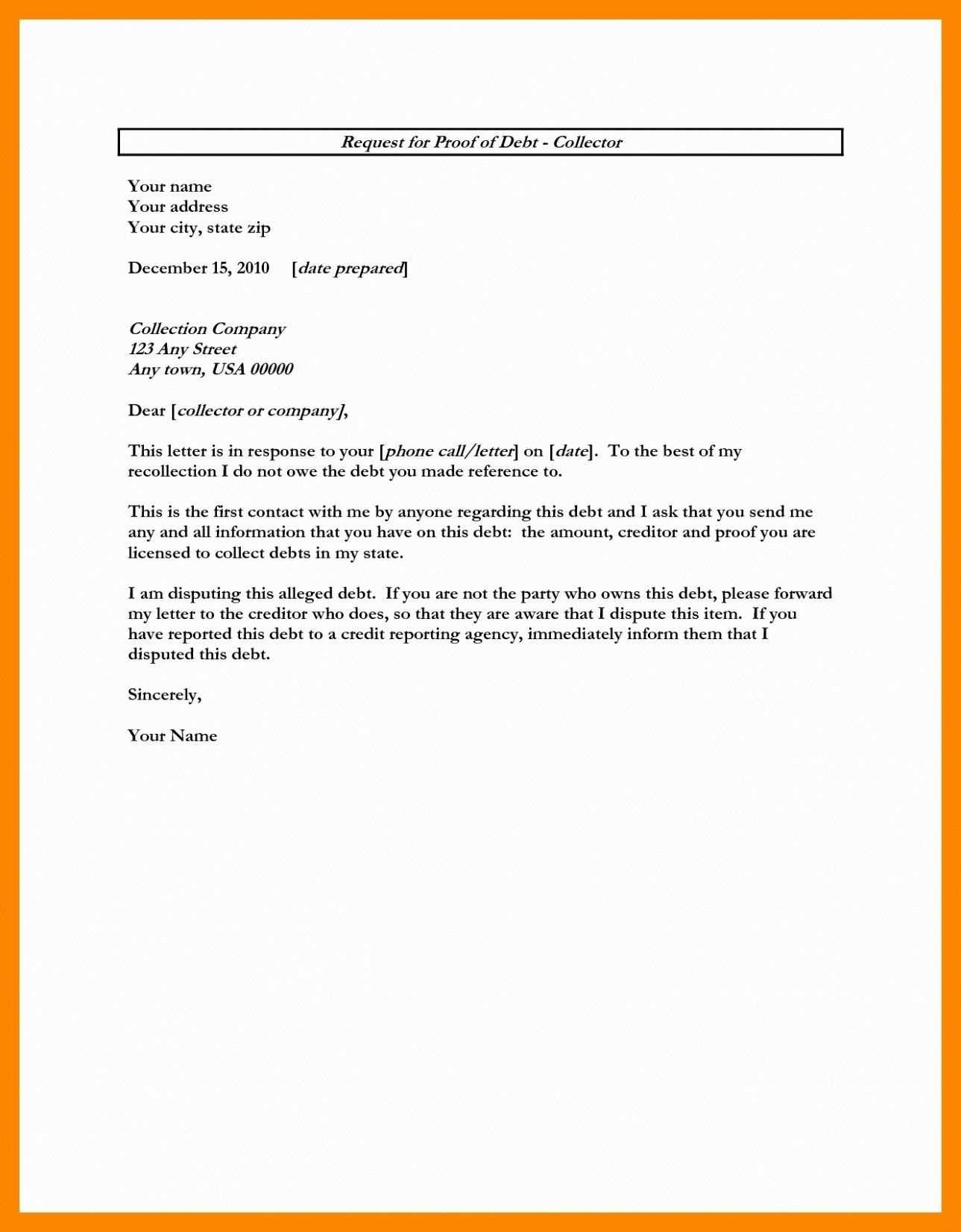
To ensure clarity and maintain trust, it’s crucial to avoid certain pitfalls when drafting such notices. Here are common issues to watch for:
- Ambiguity: Avoid vague explanations or unclear terms, as this can confuse the recipient.
- Inaccurate Dates: Double-check that the effective date is correct and unambiguous.
- Failure to Address Concerns: Neglecting to address potential questions or concerns can lead to dissatisfaction.
By ensuring your message is both clear and informative, you can help customers feel informed and respected despite the changes.